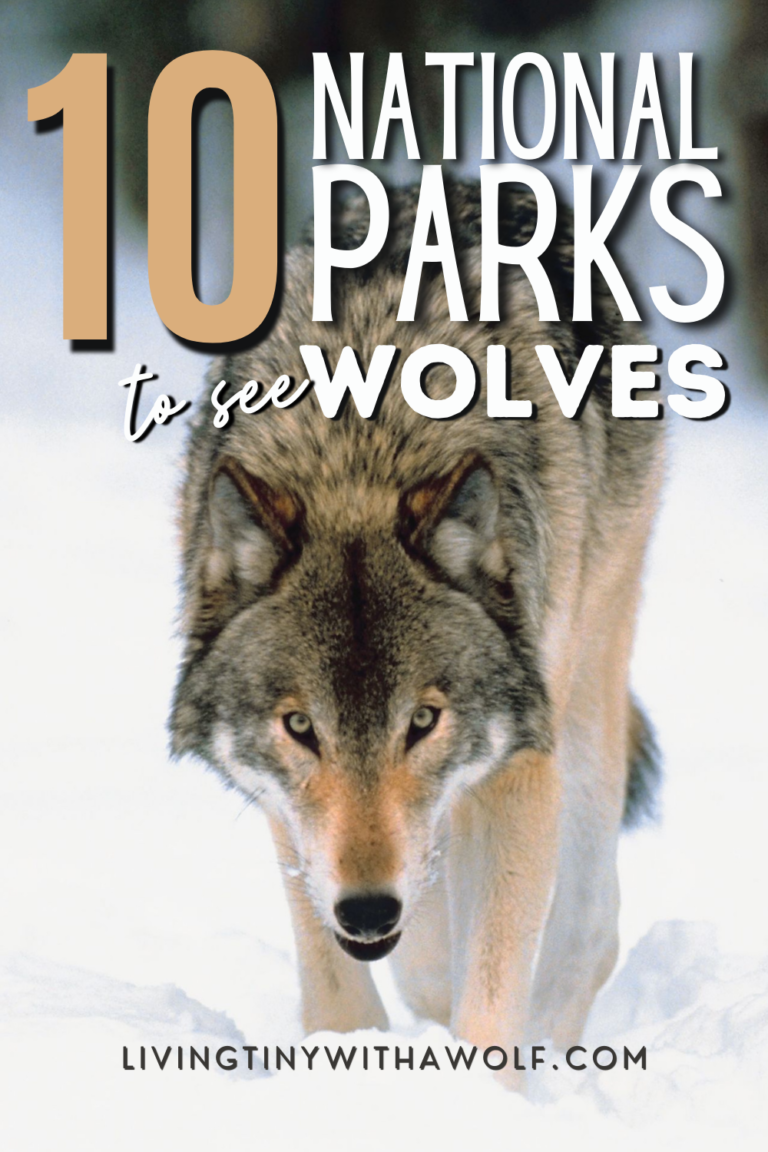10 Best US National Parks to See Wolves in the Wild
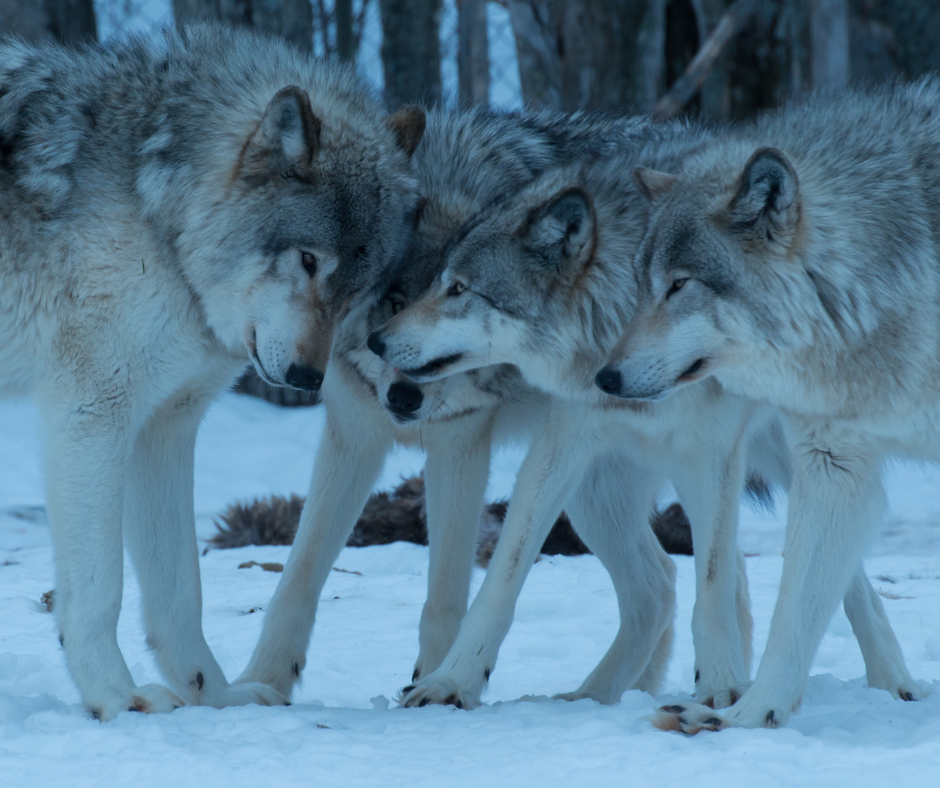
Wolves are touted to be the most majestic and enigmatic creatures on the planet. From their haunting howls echoing through the forests, to their powerful presence on the prowl, wolves are a symbol of the wild and untamed wilderness.
In the United States, there are many National Parks where visitors can try their luck at seeing these magnificent animals in the wild. From the rugged peaks of the Tetons to the windswept tundra of Alaska, wolf packs are thriving in these protected areas, and these National Parks offer some of the best opportunities to see wolves in their natural habitat.
In this blog post, we will be exploring the top 10 national parks in the US where you can see wolves in the wild, so pack your bags, grab your binoculars, and get ready to embark on an unforgettable adventure into the heart of wolf country.

Table of Contents
ToggleThe History of Wolves in the United States
The history of gray wolves in the United States is a complex one, marked by both periods of abundance and near extinction. Gray wolves were once widely distributed throughout North America, but as the human population in the United States grew, wolves were hunted and persecuted, causing their populations to decline dramatically.
In the late 19th and early 20th centuries, gray wolves were hunted extensively for their fur, as well as to protect livestock. As a result, their numbers declined rapidly and they were extirpated from much of their former range in the contiguous United States. By the mid-20th century, gray wolves were nearly extinct in the lower 48 states.
In the 1970s, gray wolves were protected under the Endangered Species Act and efforts were made to recover their populations. In the 1990s, gray wolves were reintroduced to Yellowstone National Park and central Idaho, and since then, their populations have rebounded in some areas.
Today, gray wolves are still listed as endangered in much of the lower 48 states, but their numbers have increased in some areas, particularly in the Northern Rockies and Great Lakes regions. The history of gray wolves in the United States serves as a reminder of the importance of conservation and the devastating impact that humans can have on wildlife populations.
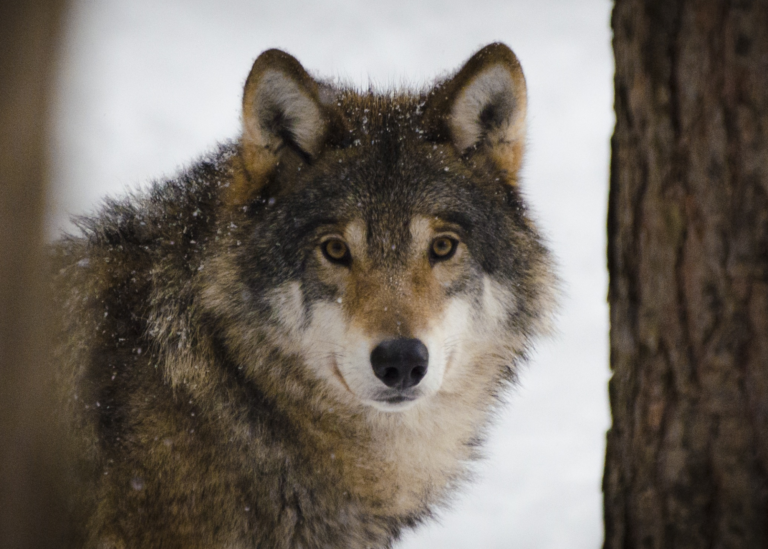
The Role of National Parks in Saving Wolves From Extinction
America’s national parks have played a crucial role in the recovery of the gray wolf population in the United States, saving the species from near extinction. Prior to the creation of the national park system, gray wolves were widely hunted and persecuted, causing their populations to plummet.
Yellowstone National Park, established in 1916, was one of the first national parks in the United States and is considered to be a major success story in the recovery of gray wolves. In the 1930s, the park began a predator control program that aimed to eliminate wolves and other predators, but in the 1960s, the program was discontinued and wolves were protected within the park.
In the mid-1990s, the U.S. Fish and Wildlife Service reintroduced gray wolves to Yellowstone National Park and central Idaho, using wolves from Canada. The reintroduction program was a success, and the wolf population in Yellowstone has since grown and stabilized.
The protection of wolves within the national park system has allowed the species to recover and thrive, and their successful recovery has also had positive impacts on the park ecosystems. Wolves play an important role in controlling herbivore populations, such as elk, and their presence can improve the health of river and stream systems.
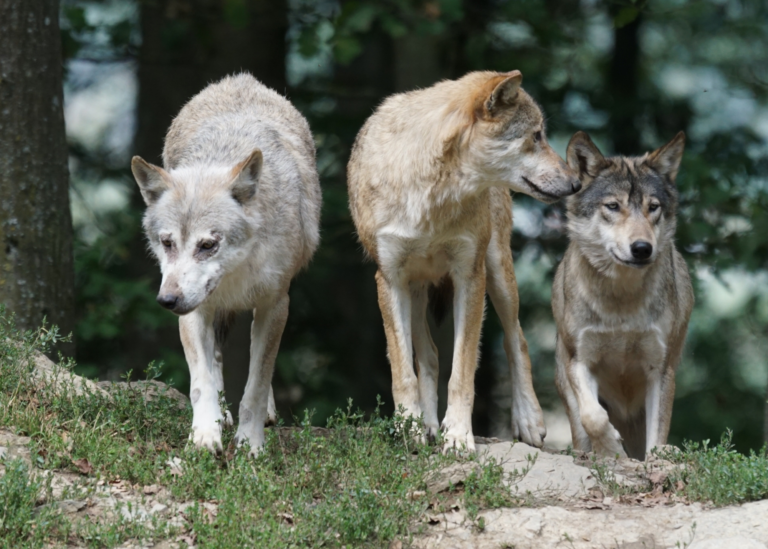
10 Best National Parks to See Wolves in the US
Here are some of the best national parks in the United States where you might be able to see wild wolves:
1. Yellowstone National Park - Wyoming, Montana, and Idaho
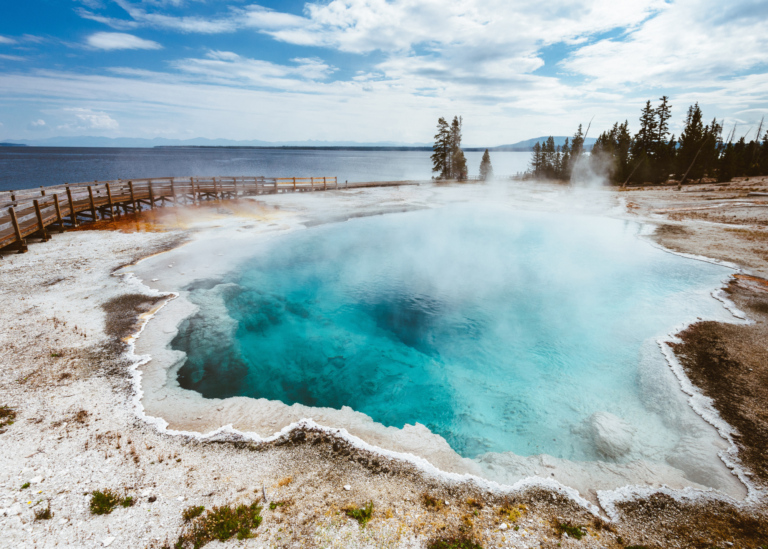
Yellowstone National Park is considered one of the best places to see wolves in the wild, as it was the first national park to reintroduce wolves in the mid-1990s. Since then, the park’s wolf population has grown, and it is estimated that the Greater Yellowstone Ecosystem is home to over 520 wolves, with at least ten packs residing within Yellowstone National Park alone, totaling about 100 wolves.
Visitors to Yellowstone can join ranger-led wolf-watching tours, where they can learn about the park’s wolves and their behavior, as well as see them in the wild. These tours are a great way to learn about these fascinating animals and experience the beauty and wonder of Yellowstone’s wilderness.
In addition to the ranger-led tours, visitors can also observe wolves on their own by hiking in the park’s backcountry or by joining a guided backpacking trip.
2. Katmai National Park - Alaska

The presence of wolves in Katmai National Park is a testament to the park’s thriving and diverse ecosystem. They have been observed hunting sea otters and harbor seals along the coast, and fishing alongside bears at Brooks Camp. This unique behavior of wolves hunting and fishing alongside bears is a unique feature of the park and attracts many visitors each year.
3. Denali National Park and Preserve - Alaska
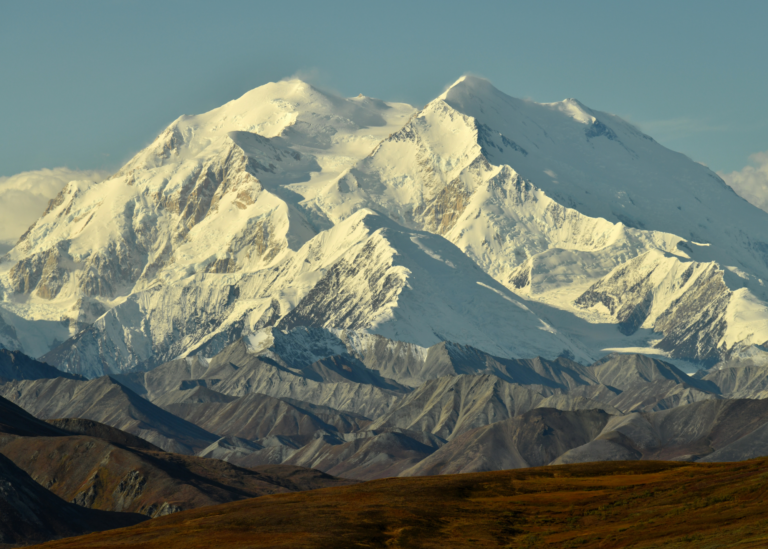
Denali National Park and Preserve in Alaska is another great place to see wolves in the United States. The park is known for its diverse wildlife, including gray wolves, which are often seen by visitors.
The wolf population in Denali is relatively stable and healthy, with estimates indicating a population of around 60 individuals in recent years. The park’s vast wilderness and remote location provide a suitable habitat for wolves, and visitors often have the opportunity to see them while on park tours or while hiking in the backcountry.
4. Isle Royale National Park - Michigan

Isle Royale National Park is located on an isolated island in Lake Superior and is home to a unique wolf-moose predator-prey ecosystem.
Wolves are believed to have made their way to Isle Royale National Park in Michigan through an ice bridge that connected the island to the Canadian mainland in 1948. Since the establishment of this initial wolf population, the number of wolves on the island has fluctuated dramatically, with a high of 50 individuals recorded in 1980 and a low of only two between 2016 and 2018.
The small size of the population and the isolated nature of the park make sightings of wolves more rare, but those who do see them are often rewarded with a unique and intimate experience.
5. Rocky Mountain National Park - Colorado
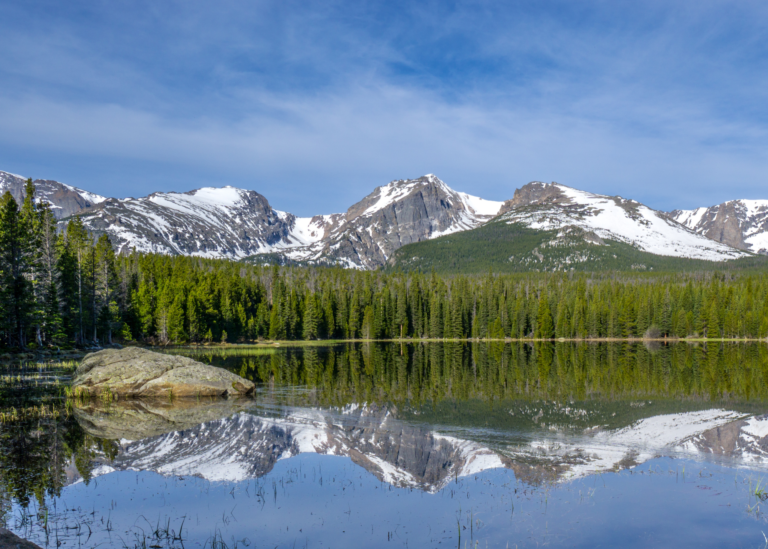
Wolves can now be found in the Rocky Mountain National Park in Colorado, although they are a recent addition to the park’s wildlife. Historically, these magnificent creatures were native to the area, but were hunted to extinction and lost their habitats in the mid-20th century.
In recent years, wolves have begun to re-establish themselves in the park and surrounding areas, primarily dispersing from populations in neighboring states. While wolf sightings in the park are still relatively rare, their presence has been confirmed through tracking and genetic analysis.
6. Glacier National Park - Montana
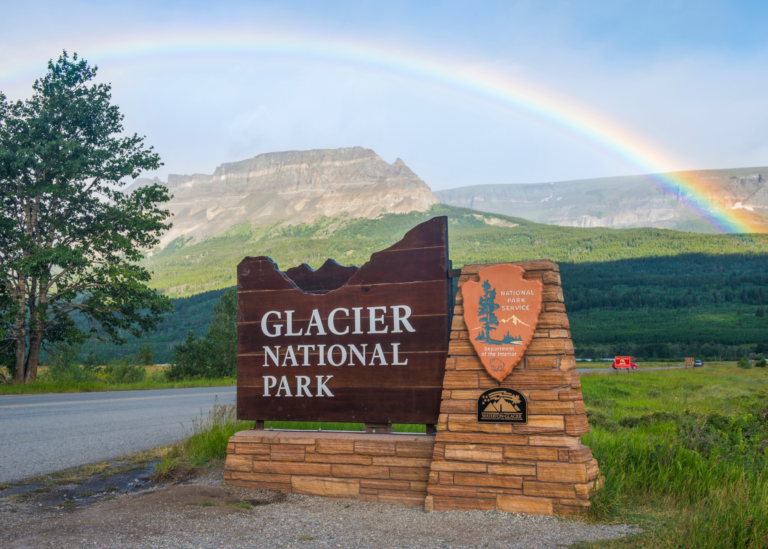
Glacier National Park was without wolves for around 50 years, until the 1980s when the Magic Pack, originating from Canada, established their den and gave birth to five pups in the North Fork region. With changing public attitudes towards wolves, the population within the park has thrived, and there are now estimated to be six to eight packs residing there.
While these majestic creatures usually shy away from human activity, they can be spotted at sunrise and sunset in some of the more remote areas of the park. For example, the North Fork area has had numerous reports of wolf sightings along with Camas Road. Though seeing them requires patience and fortitude, those fortunate enough to witness a wolf pack go about their day will never forget the unforgettable experience.
7. Lassen Volcanic National Park - California
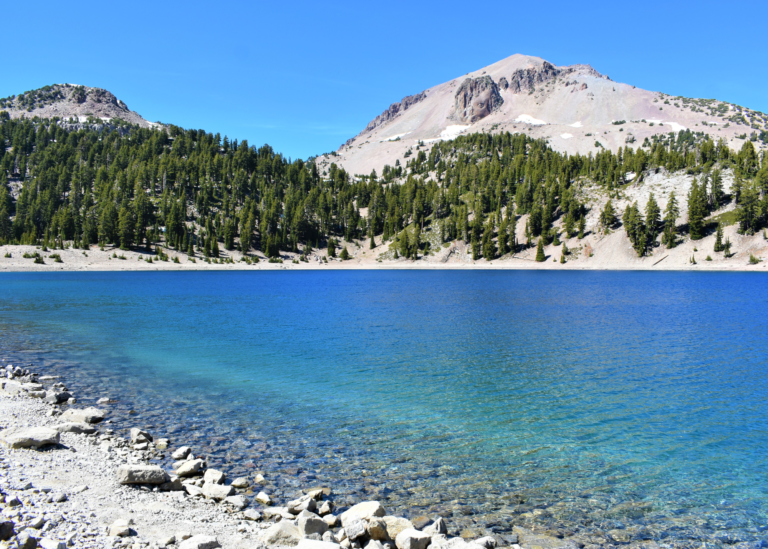
The presence of the Lassen Wolf Pack in Lassen Volcanic National Park is an exciting development for the park and for wildlife enthusiasts. The Eastern Gray Wolf, which is the species that makes up the Lassen Wolf Pack, was once widespread throughout California, but was hunted and trapped to near extinction in the state by the mid-19th century.
The return of wolves to the region, and the establishment of the Lassen Wolf Pack in particular, represents a significant step forward in the restoration of a once-thriving ecosystem. Wolves play a critical role as top predators in regulating the populations of other wildlife species, and their return to the park will help to restore the balance of the ecosystem and support the health and diversity of the park’s wildlife.
8. Voyageurs National Park - Minnesota
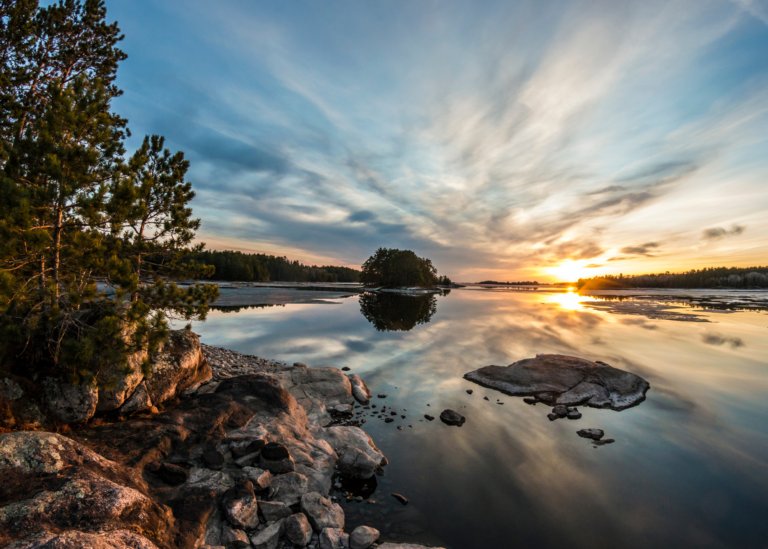
Wolves have a long-standing presence in the wilderness of Voyageurs National Park in Minnesota and are considered an important part of the ecosystem, acting as a top predator. With a significant population of these animals, they help maintain the delicate balance of the park’s natural environment.
The park is believed to be home to 30-50 wolves, divided into 6 to 9 packs with each pack having their own designated territory within the park. The remote Kabetogama Peninsula area is particularly known for having 2-3 territories occupied by these magnificent creatures.
9. Grand Teton National Park - Wyoming
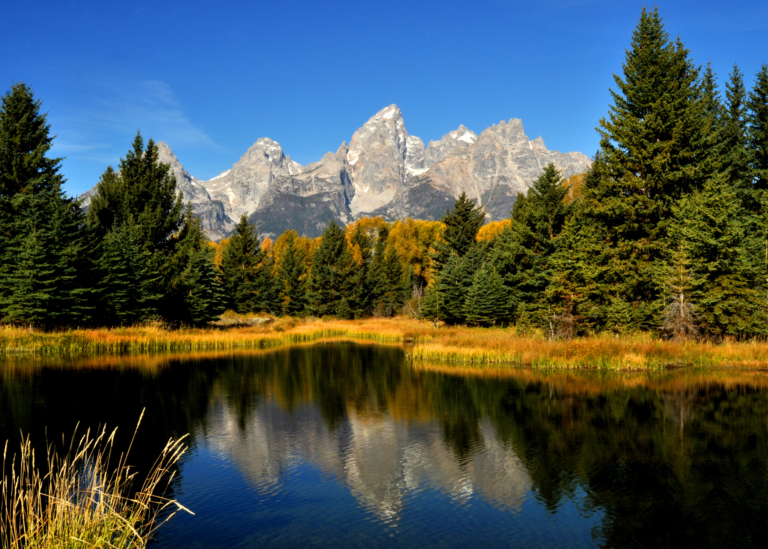
Wolves were once hunted to near extinction in Grand Teton National Park in Wyoming in the early 20th century. However, the recent reintroduction of wolves has brought back a crucial predator-prey relationship that was missing from the ecosystem. As of the end of 2021, at least 43 wolves living in 6 packs have been recorded to have their territories in the Jackson Hole area, with some of their home ranges extending into Grand Teton National Park.
10. Saguaro National Park - Arizona
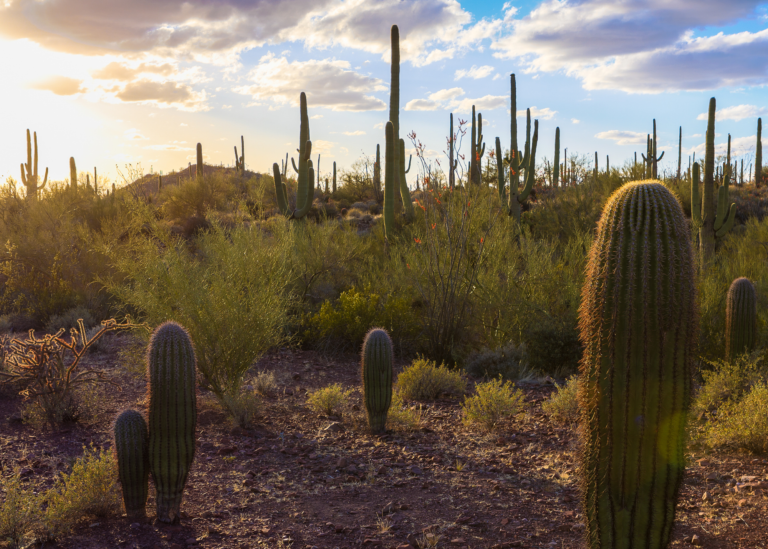
Saguaro National Park is a protected area in Arizona that is home to a variety of wildlife, including the Mexican gray wolf. According to a 2019 survey conducted by the U.S. Fish and Wildlife Service, the park is home to 163 of these wolves, which are divided into 42 packs of two or more animals. In early March 2020, the presence of these wolves was confirmed when individuals were spotted in the park.
The Mexican gray wolf is a protected species, and the park works to conserve and protect this important predator, as well as its habitat and prey species, to maintain the delicate balance of the park’s ecosystem. The presence of these wolves in Saguaro National Park is a testament to the success of conservation efforts and the park’s commitment to preserving the natural heritage of the Southwest for future generations.
When Is the Best Time to See Wolves in the Wild?
Please note that while these National Parks have wolf populations, sightings are not guaranteed and can be rare. The best time to see wolves in the wild is usually early in the morning or late in the evening when the animals are most active. It is also important to follow park regulations and keep a safe distance from wolves, as they are wild animals and should be respected.
Which National Park Has the Most Wolves?
It’s difficult to determine which national park has the most wolves, as populations can vary from year to year and can be influenced by a variety of factors such as food availability, habitat, and weather conditions. However, some of the National Parks with well-known wolf populations include Yellowstone National Park, Isle Royale National Park, and Glacier National Park.
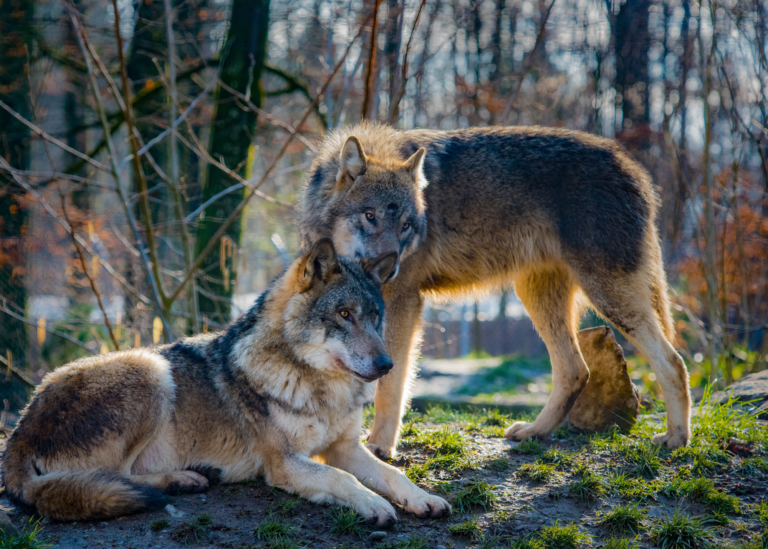
Sightings of Wolves in Other US Locations
Superior National Forest, Minnesota: This forest is home to the grey wolf population that ranges across the northern Great Lakes region of the United States.
Bitterroot National Forest, Montana and Idaho: This forest provides crucial habitat for the recovery of the endangered gray wolf population in the northern Rocky Mountains.
Lolo National Forest, Montana: This forest provides critical habitat for the endangered gray wolf population and is home to several wolf packs.
Shoshone National Forest, Wyoming: This forest is one of the largest in the country and provides important habitat for the gray wolf, as well as other wildlife species.
Gifford Pinchot National Forest, Washington: This forest provides habitat for the gray wolf and is also home to a number of other wildlife species.
Apache-Sitgreaves National Forest, Arizona: This forest is located in northeastern Arizona and is a part of the Blue Range Wolf Recovery Area that was established to aid in the recovery of the Mexican gray wolf population.
Importance of Preserving Wolf Populations and Ecosystems
Preserving wolf populations and ecosystems is crucial for maintaining the overall health and balance of the environment. Wolves play a crucial role in regulating the populations of other animals and keeping the ecosystem in balance.
For example, wolves prey on large herbivores such as deer and elk, which can overgraze and cause significant damage to vegetation and habitats. By controlling herbivore populations, wolves help to maintain the health of the forest and other habitats, which in turn benefits a wide range of other species.
In addition, wolves play an important role in shaping the behavior of other animals, such as the way that prey species move and forage for food. This in turn affects the distribution of food and the overall health of the ecosystem.
Furthermore, preserving wolf populations helps to maintain the genetic diversity of the species and reduces the risk of inbreeding and disease. This is important for the long-term health and survival of the species.
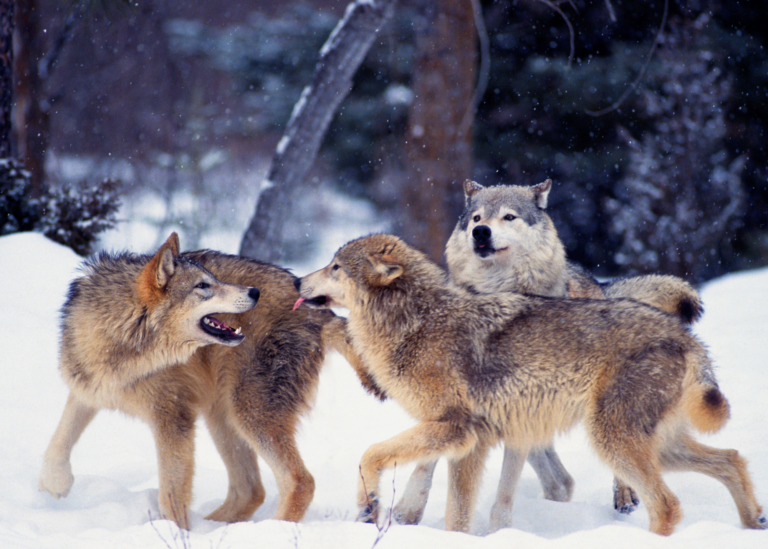
Safety Guidelines for Viewing Wolves in the Wild
If you are lucky enough to encounter wolves in the wild, it is important to follow these safety guidelines to ensure the safety of both you and the wolves:
Keep a safe distance: Wolves are wild animals and can be unpredictable, so it is important to keep a safe distance of at least 100 yards (or the length of a football field) from wolves at all times.
Follow park regulations: National parks have regulations in place to protect both visitors and wildlife. Be sure to follow posted signs and guidelines, and never approach wolves closer than the designated distance.
Avoid feeding wolves: Feeding wolves can habituate them to human presence, increasing the risk of conflict and potentially harmful interactions. Do not leave food or other attractants in areas where wolves might find them.
Travel in groups: It is safer to travel in groups when viewing wolves in the wild, as wolves are less likely to approach larger groups of people.
Keep dogs under control: If you have dogs with you, keep them under control and on a leash at all times. Pets can attract wolves and potentially lead to dangerous confrontations.
Report aggressive behavior: If a wolf displays aggressive behavior towards you, report it immediately to park authorities.
What to Do if a Wolf Approaches You
Despite their reputation as elusive and shy animals, wolves may sometimes approach or even attack humans, particularly if they are injured.
If you encounter a wolf in the wild, it is important to know how to respond in a safe and effective manner. The first step is to remain calm and still, making yourself appear larger by raising your arms and standing tall. Maintain eye contact with the wolf and avoid running away, as this may trigger its predatory instincts.
If the wolf continues to advance, use objects to fend it off while shouting and waving your arms. If the wolf is displaying aggressive behavior, use your bear spray as a last resort.
It is important to remember that most wolves are shy and will avoid human contact if given the chance, so your actions and reactions can play a crucial role in determining the outcome of the encounter.
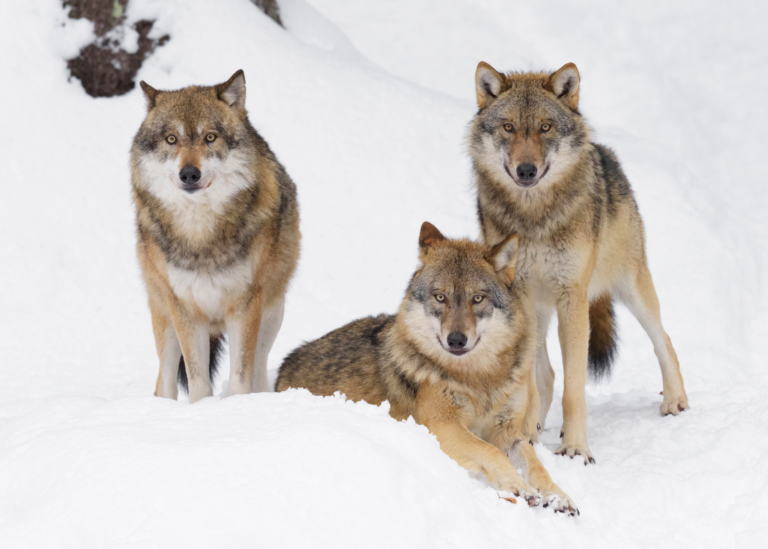
Wild Wolves in the USA
If you could see a wolf in the wild, which national park would you choose to visit? Leave a comment below!
If you’re a wolf lover and want to make a difference in their lives, you can help by donating to one of these 6 amazing wolf sanctuaries located throughout the United States. These dedicated organizations work tirelessly to provide care and protection to wolves and wolf-dogs that have been rescued from harmful situations.
Your contributions will go towards supporting their mission of providing a safe and nurturing environment for these magnificent creatures, as well as educating the public about their importance in our ecosystem.


